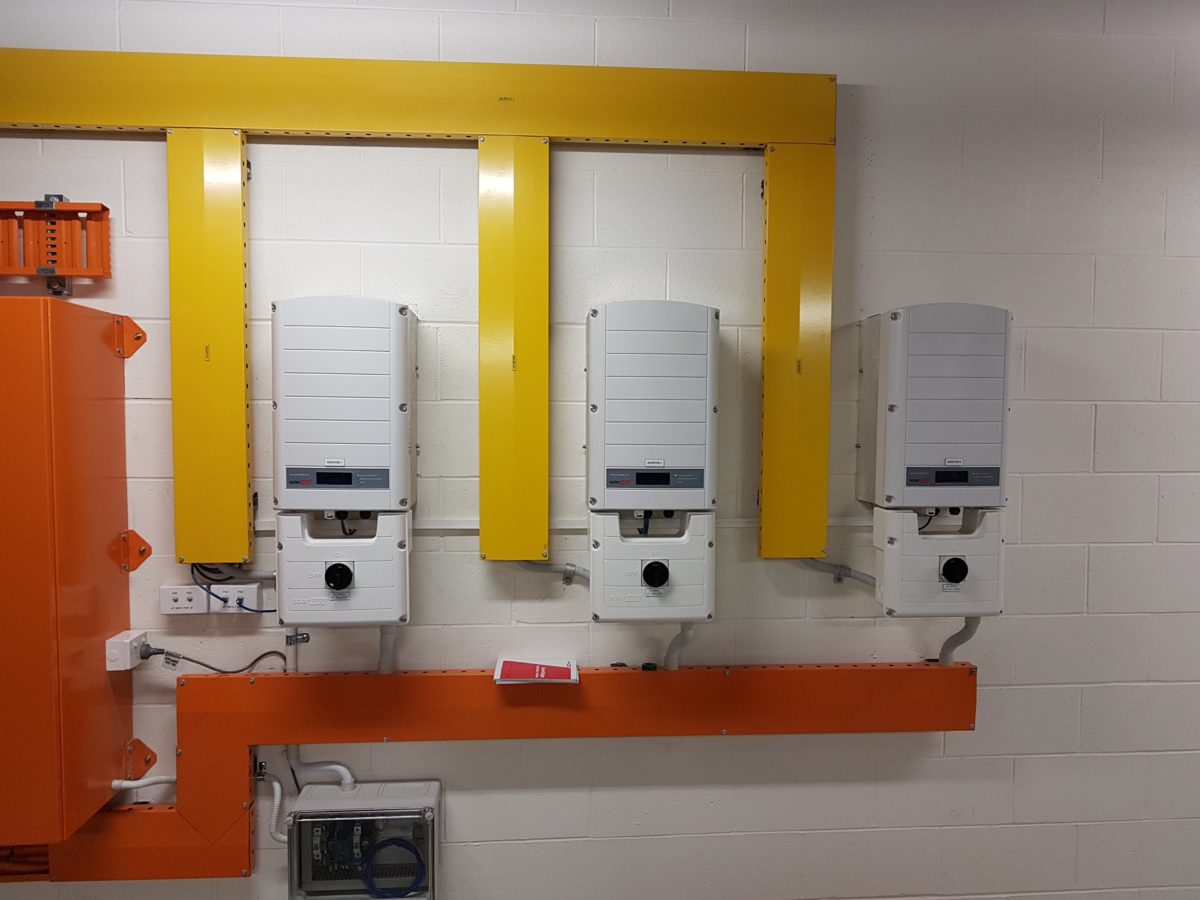In a bid to manage the massive amount of rooftop solar connected to its network, distributor SA Power Networks in July will be introducing what is known as a “Dynamic Export” requirement for inverters, essentially creating a flexible export limit for solar systems.
The new requirement is part of South Australia’s “Smarter Homes Program” and will give new solar installations the option of choosing a small, fixed export limit or having a system capable of communicating in real time with the operator’s instructions. Those instructions will be based on network conditions.
These dynamic export limits were tested last year by SA Power Networks and are a more sophisticated tool than, say, a remote switch off.
Basically, SA Power Networks will offer households the ability to export up to 10 kW per phase in exchange for remote control access to their system. This would give the households the ability to feed up to six-times more energy back into the grid, compared to the alternative which is a 1.5 kW fixed export power limit. Based on their trials, the network believes flexible exports will give households the opportunity to export up to 10 kW, 98% of the time.
Currently South Australian rooftop systems can export only 5 kW per phase, but as penetration grows that figure will drop in future.
South Australia, a global frontrunner in terms of renewable penetration, has been looking at such a mechanism for some time and had hoped to introduce the “Smarter Homes Program” in July of last year, but pushed that date back to December 2022, before settling on July 2023.
The reason for the delay was that inverter manufacturers did not have software to actually enable flexible exports ready yet.
Until now, flexible export capacity has only been possible by adding hardware like SwitchDin’s Droplet device to the rooftop system. SolarEdge, however, have become the first manufacturer to develop certify a native Dynamic Export compliant system.
“SolarEdge’s smart inverters achieve this capability without the complexity and additional costs of adding third-party controllers,” the company said.
Their inverters will now have an inbuilt communication capability which will allow them to adapt to network conditions based on instructions from an operator like SA Power Networks. It is a capability other inverter manufacturers are no doubt keenly developing.
This content is protected by copyright and may not be reused. If you want to cooperate with us and would like to reuse some of our content, please contact: editors@pv-magazine.com.









Oh my goodness the 1st “Dynamic Export”native inverter is from a trusted company. This is awesome. I was afraid it would be from a low cost, low security company like Huawei